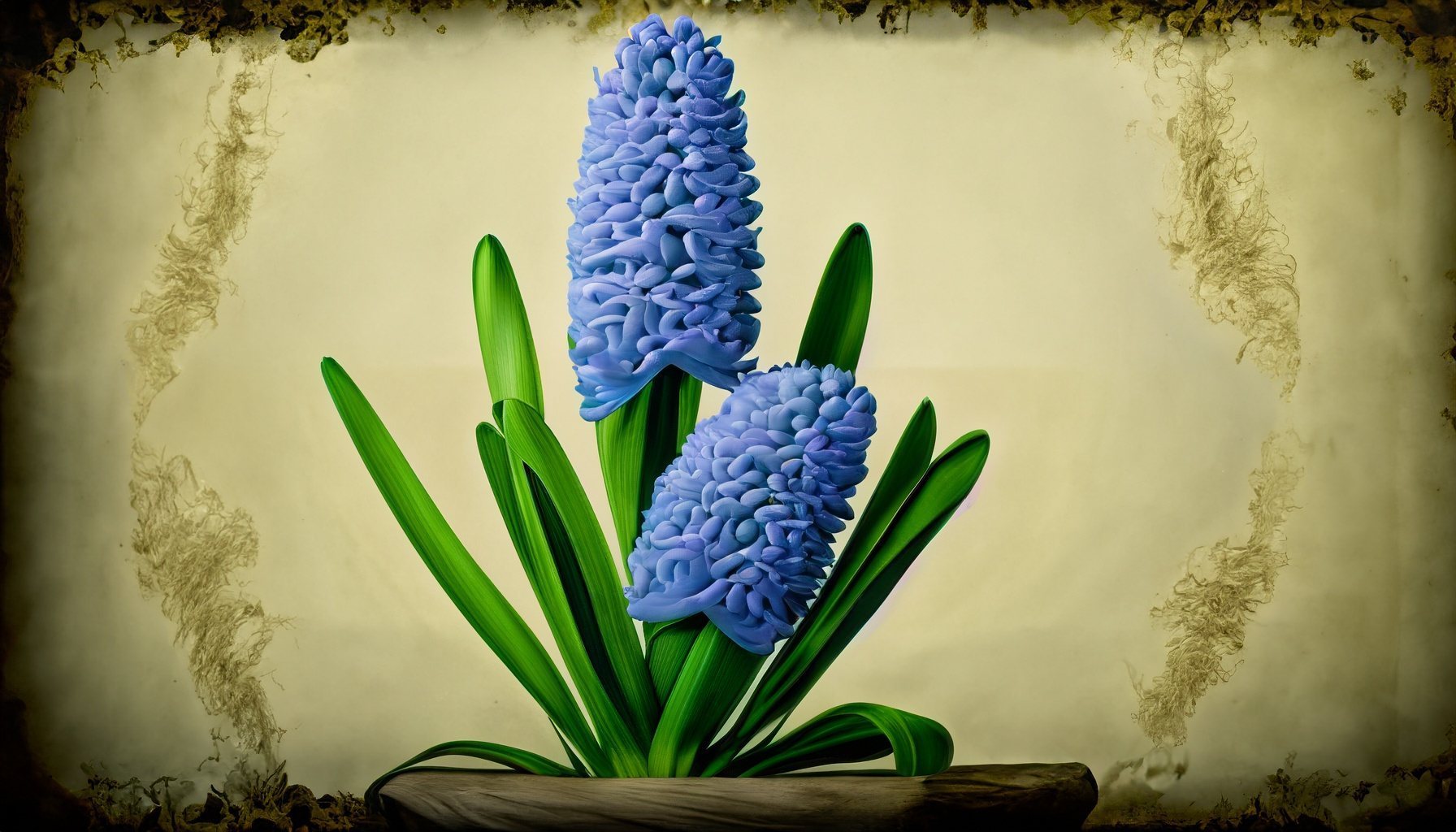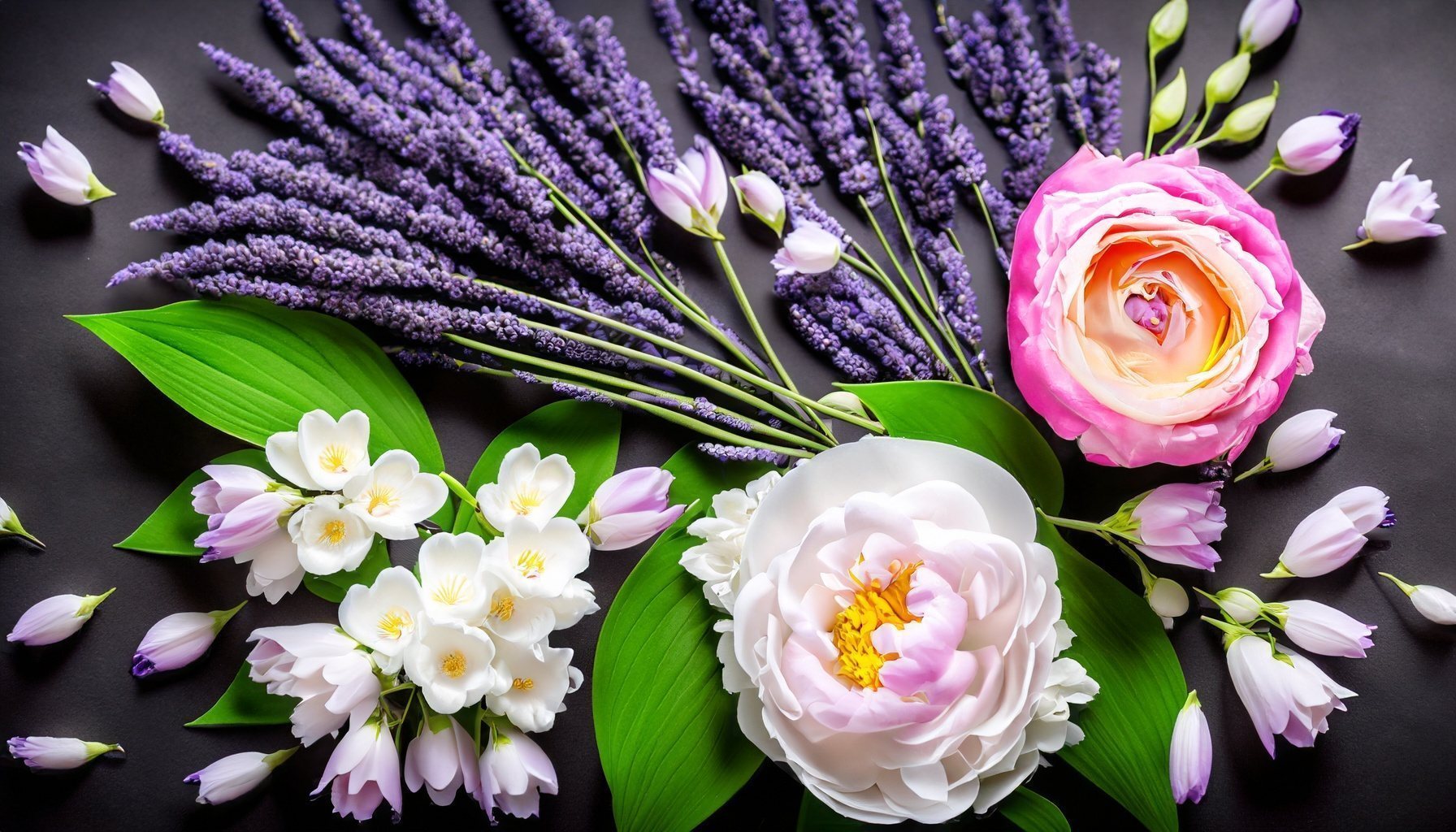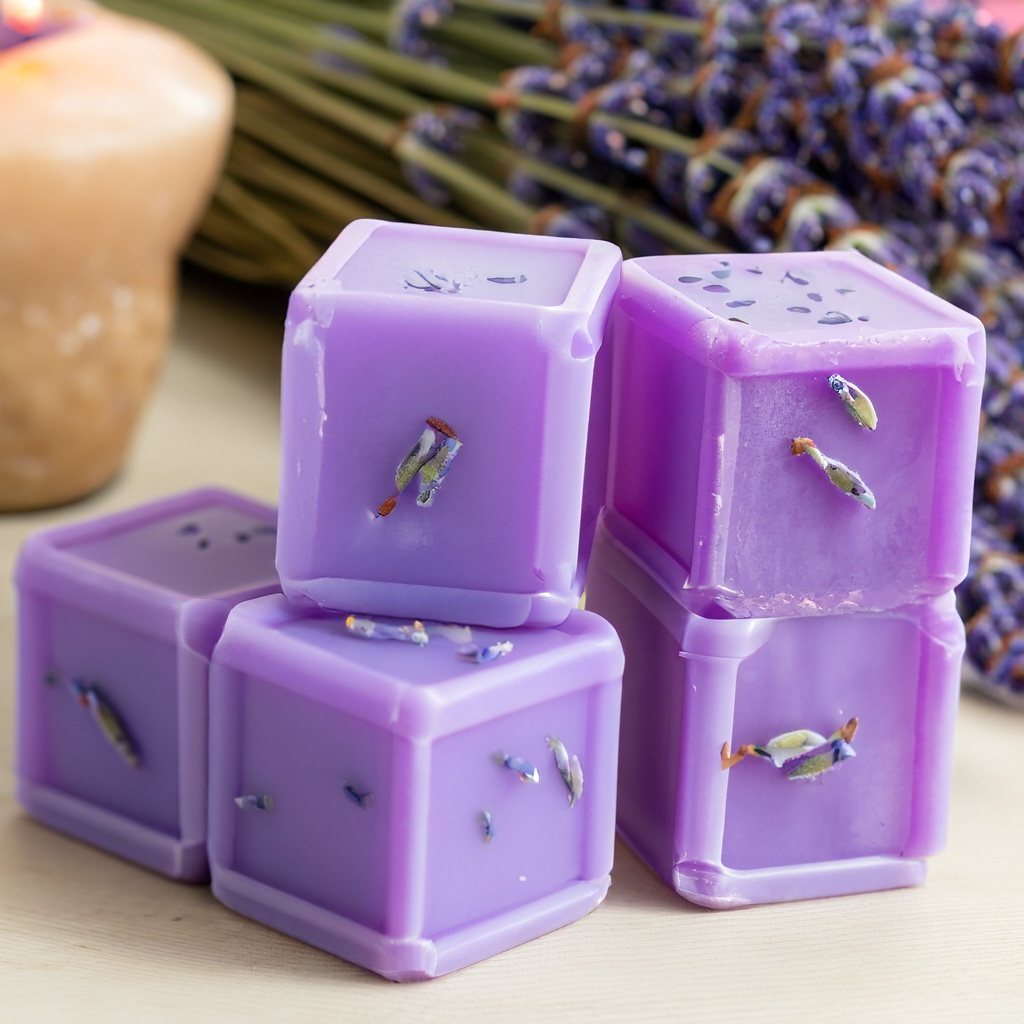
The hyacinth myth is rooted in Greek mythology and tells the tragic story of a beautiful youth named Hyacinthus. Here is a summary of the myth.
The Characters:
- Hyacinthus: A handsome young man admired by many.
- Apollo: The Greek god of the sun, music, arts, knowledge, healing, plague, prophecy, poetry, manly beauty, and archery. He also had the ability to bring death with his arrows. He loved Hyacinthus deeply.
- Zephyr: The god of the west wind, who was also in love with Hyacinthus.
The Story:
Hyacinthus was a beautiful youth, loved not only by Apollo but also by Zephyr. One day, Apollo was teaching Hyacinthus the art of throwing a discus. They were enjoying their time together, competing and demonstrating their skills.
However, Zephyr became jealous of their close relationship. When it was Hyacinthus’s turn to throw the discus, and as Apollo looked on with admiration, Zephyr intervened. In a fit of jealousy, he blew a gust of wind that caused the discus to veer off course, striking Hyacinthus in the head and killing him.
Apollo was devastated by the death of his beloved. He refused to let Hades, the god of the underworld, claim Hyacinthus. Instead, Apollo used his divine powers to transform the fallen youth into a beautiful flower, which we now know as the hyacinth.
The Symbolism:
The hyacinth flower, born from the tragic end of a beautiful youth, symbolizes the themes of love, rebirth, and the transcendence of death. Each spring, the blooming of the hyacinth represents the undying love Apollo had for Hyacinthus and reminds us of the cyclical nature of life, death, and rebirth.
Different versions of this myth might vary in details, but the central tragic love story and the transformation of Hyacinthus into a flower remains a common theme.


